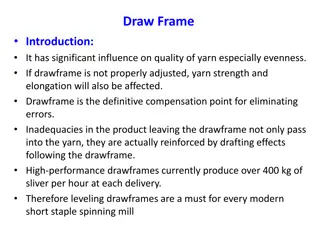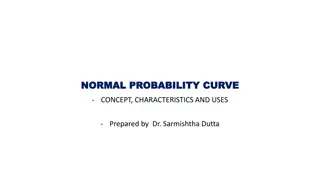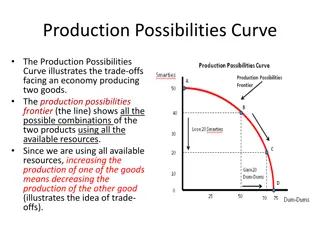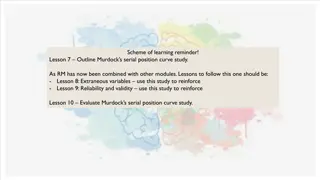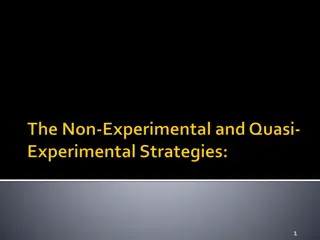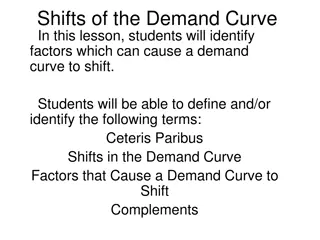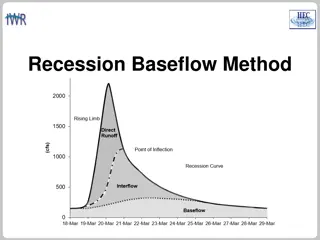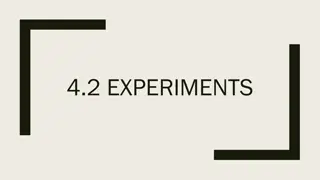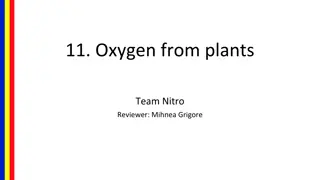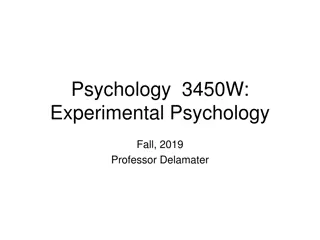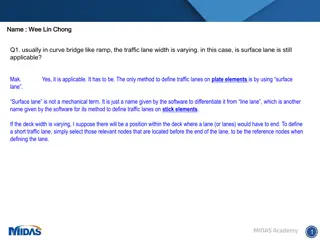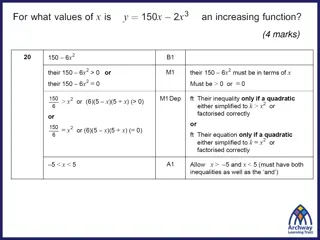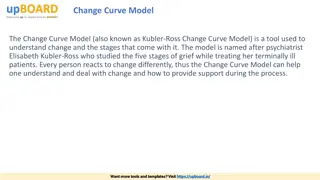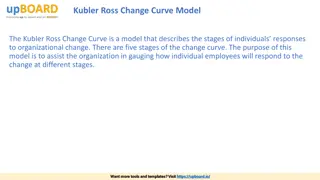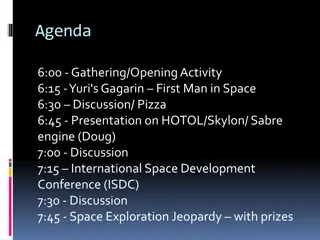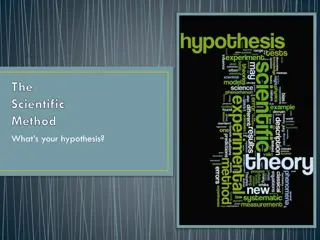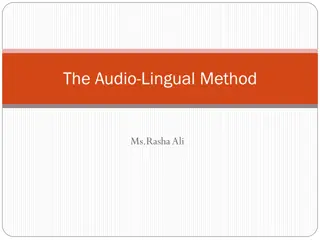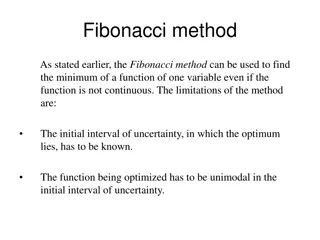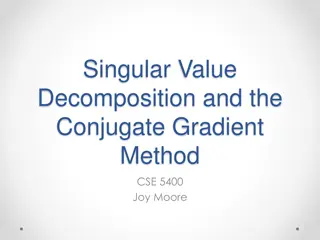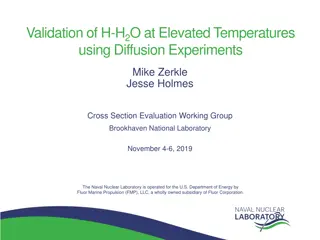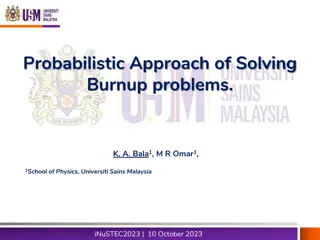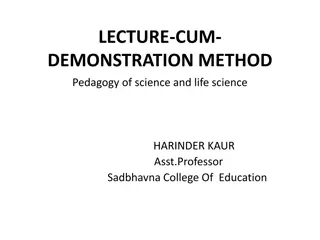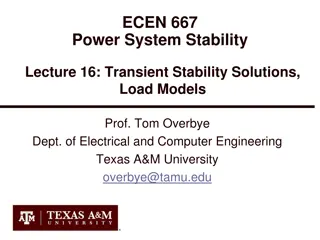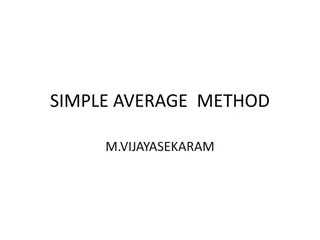Experimental Method to Draw B-H Curve Using Ballistic Approach
Conducting an experiment to draw a B-H curve using the ballistic method involves a setup with primary and secondary windings, a ferromagnetic specimen, and various circuit components. By passing a current through the primary coil and measuring the induced emf in the secondary circuit, the relationship between magnetic field intensity (H) and magnetic flux density (B) can be studied. The process includes calculations to determine the charge passing through the ballistic galvanometer and the ballistic constant.
Download Presentation

Please find below an Image/Link to download the presentation.
The content on the website is provided AS IS for your information and personal use only. It may not be sold, licensed, or shared on other websites without obtaining consent from the author. Download presentation by click this link. If you encounter any issues during the download, it is possible that the publisher has removed the file from their server.
E N D
Presentation Transcript
Experiment to draw B- H curve Ballistic method
Circuit Description A specimen of the given ferromagnetic material is taken in the form of a ring (Rowland ring). A primary coil P1is wound closely over the specimen ring. This winding is connected in series with a battery B, an ammeter A, a rheostat R1, and a resistance R through a reversing key K and a two-way key K1. A tap key K connected across R' facilitates either its inclusion or removal from the circuit.
The secondary winding S1over the specimen, consists of a few turns of closely wound wire. This winding S1is connected in series with a rheostat R, a ballistic galvanometer and the secondary winding S2of a standard solenoid through a key K2. Kg is the damping [ ] key across the ballistic galvanometer. P2is the primary winding of the standard solenoid. The two way key K1connects either P1or P2the battery circuit.
Number of turns of the winding P1= n1turns per metre Total number of turns of the winding S1= n2turns Number of turns of the winding P2= n3turns per metre Total number of turns of the winding S2= n4turns Area of cross-section of the specimen = A Sq. meters Area of cross-section of the standard solenoid = a sq. metres
When the key K1, is closed to the left, a current i passes through the magnetising coil P1. The ring is magnetised. The intensity of the magnetizing field = H = n1i The magnetisation of the specimen develops a magnetic flux density B inside the ring. Then, the total flux linked with the secondary = = n2BA. This is the change of flux in the secondary. It sets up an induced emf in the secondary circuit. If R is the total resistance of the secondary circuit, then the charge passing through the ballistic galvanometer
q = n2BA/R. If is the first throw of the ballistic galvanometer coil, then q = n2BA/R = K (1 + /2). where K is the ballistic constant is the logarithmic decrement of the ballistic galvanometer.
To eliminate K and a A known current i' is passed through the primary of the standard solenoid by closing the key K, to the right.
The above equation gives the magnetic induction B induced in the specimen corresponding to the magnetic intesity H. Procedure. The key K is first closed to the left and the resistances R and R' are decreased until on closing the commutator K, the galvanometer gives a full- scale deflection from the zero. The current required to do this is noted and is used as maximum current in the main experiment.
The residual magnetism in the specimen is reduced to zero follows: The galvanometer circuit is first broken and the resistances R' minimum. The current passing through the primary of the ring solenoid is then reversed many times by means of the commutator K. R and R' are gradually increased until the current which is reversed is very small are reduced to the
The part efga can be drawn by symmetry, repeating the experiment using e as the reference point and commutator now on the left The two-way key R, is closed to known current i' is passed through corresponding throw e' in the B.G., is noted. This auxiliary experiment used to calculate B from Eq. (4) or by leaving the the right. A P2. The is
The galvanometer is again put in the circuit by closing key K, The key K' is closed and resistance R, is given a value corresponding to the maximum current . The commutator K is closed to the right and the first throw , of the galvanometer is noted. The current i, is also noted from the ammeter. The values of B, and H, are calculated by using Eqs. (4) and (1) respectively. The corresponding point on the B-H curve is a (Fig. 15.9)
The value of magnetising field H, is calculated by noting ammeter reading. The corresponding point on the graph is denoted by the point b. This process is repeated by gradually increasing R', until current and hence H becomes zero. The graph corresponding to these readings is ac. After each measurement, the specimen is returned to the state a by the reversal of maximum current. Hence point a works as the reference point.



